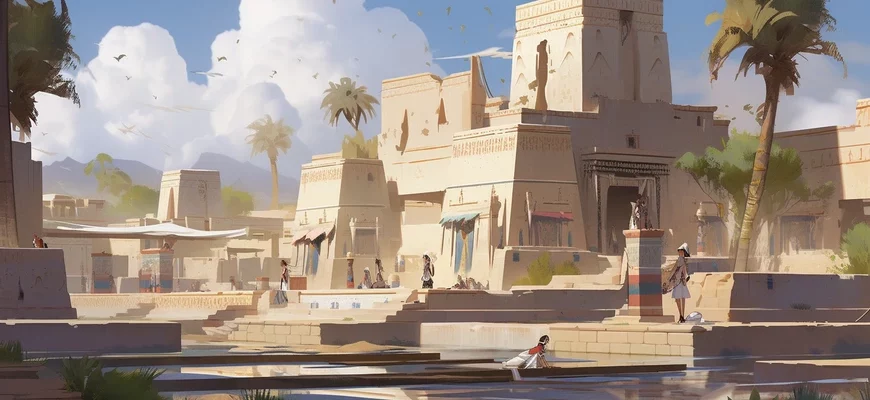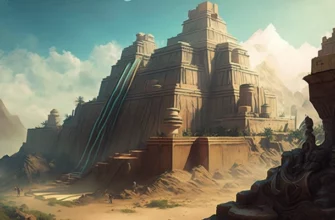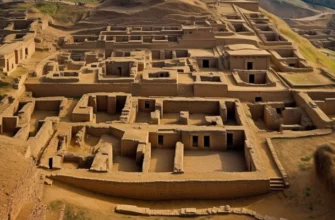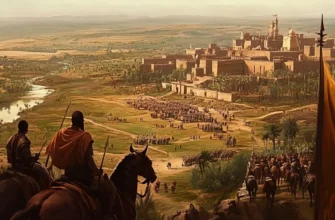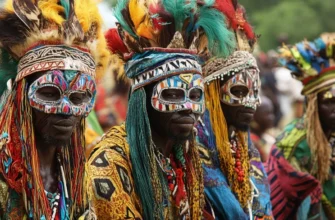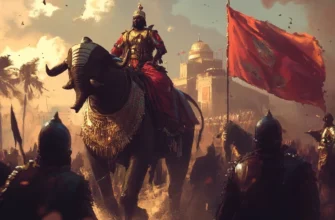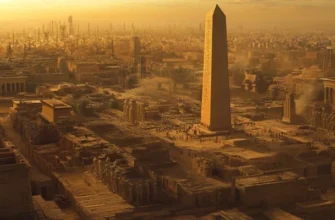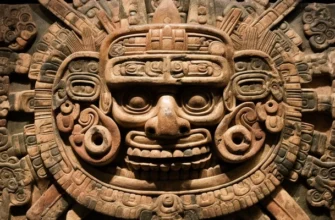The Nubian civilization flourished in Sudan and Egypt for a long time. Its culture and art are striking in their beauty and complexity. Religion was of great importance to the people of Nubia, and their myths and legends inspired various works of art. The Nubians had strong ties with Egypt, another great African civilization. Studying Nubian civilization provides a better understanding of the richness of African culture and history.
History of Nubia
The history of Nubia begins in the third millennium BC, when the first settlements developed in this territory. In the seventh century BC, Nubia came into contact with Egypt, which marked the beginning of their long-term interaction. The Nubians went through a difficult transition from polytheistic religion to Christianity and Islam. In the 7th century AD, Nubia was under the rule of the Arab Caliphate and later became part of the Ottoman Empire. Despite the difficulties they encountered along the way, the people of Nubia preserved their culture and traditions and left a significant mark on world history.
The development of Nubian civilization
The development of Nubian civilization was linked to the development of Egyptian civilization and trade with various peoples of Africa and Asia. Between the 4th and 2nd millennia BC, the Nubians were engaged in agriculture and cattle breeding. Later, they began to manufacture and trade in gold, ivory, and other valuables. In the 7th century BC, they adopted Egyptian culture and religion. During the Golden Age of Nubia (8th-6th centuries BC), trade and crafts flourished, and magnificent palaces and temples were built. In the Middle Ages, the people of Nubia became Christians and later converted to Islam. In the 19th century, Nubia came under the rule of Egypt, and in the 20th century, it was divided between Egypt and Sudan.
Culture and art of Nubia
The culture and art of Nubia had a significant impact on the history of Africa. They include various art forms, such as sculpture, painting, architecture, and music. Many of them have religious significance and are associated with ancestor worship and rituals. For example, many temples and palaces in Nubia have elaborate frescoes and statues that reflect their religious and cultural heritage. In addition, Nubian music, particularly music played on Nubian drums, is considered one of the most emotional and expressive art forms in Africa. All of these art forms are a testament to the great cultural and historical heritage of the Nubian people.
Religion and Mythology
The religion and mythology of the Nubian civilization had a profound influence on their culture and life. Many of their religious beliefs and practices were related to the worship of ancestors and gods, which were often associated with natural phenomena and forces. One of the most famous gods of Nubia was Amun, who was the god of the sun and the creation of the world. His cult was widespread throughout Nubia, and he was depicted in human form with two feathers on his head.
Nubian mythology also included many legends about heroes who performed great deeds and had supernatural abilities. For example, the legend of Ziton tells of a man who lived for over 300 years thanks to a magical drink.
All of these religious and mythological beliefs became an important part of Nubian culture and shaped its identity as a people.
Comparison with other African civilizations
Nubian civilization was one of many African civilizations that developed in different eras and in different areas of the continent. For example, Egyptian civilization flourished at about the same time as Nubia and was also strongly linked to the Nile River.
However, what distinguished Nubian civilization was its greater focus on trade and connections with other cultures, such as the Roman Empire and the Arab Caliphate. The fate of other African civilizations, such as those of West and Central Africa, is relatively unknown due to the limited number of historical sources about them.
Conclusions
The Nubian civilization was a remarkable cultural and historical phenomenon that existed in the territory of modern-day Sudan and Egypt. This civilization was distinguished by its trade orientation, developed economy, and impressive examples of architecture, art, and religion.
Although Nubian civilization differed from other African civilizations, such as Egyptian and Zimbabwean, it played an important role in the development of African history and culture. Today, the legacy of this civilization can be seen in the form of preserved monuments of architecture and art, which are part of the world’s cultural heritage.
